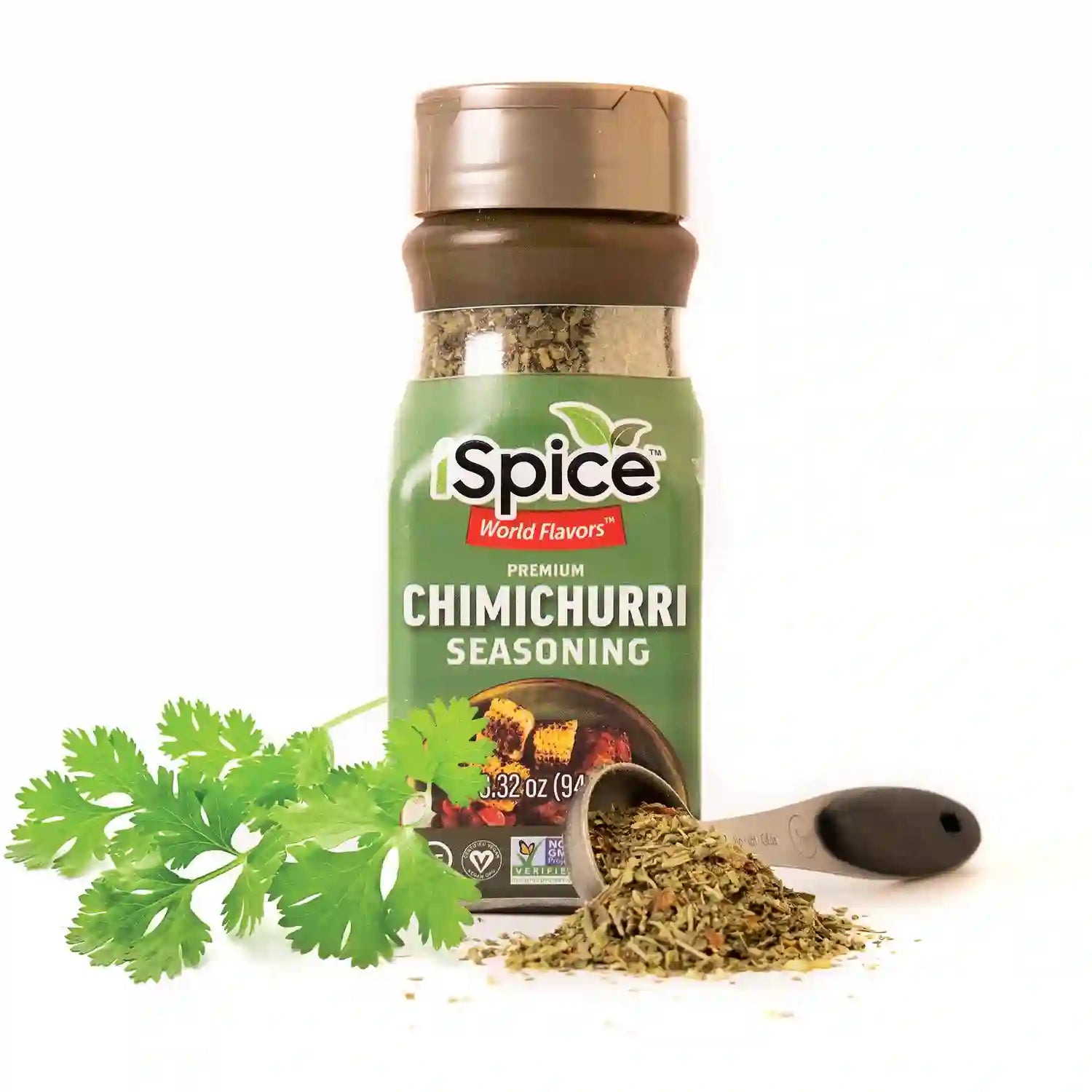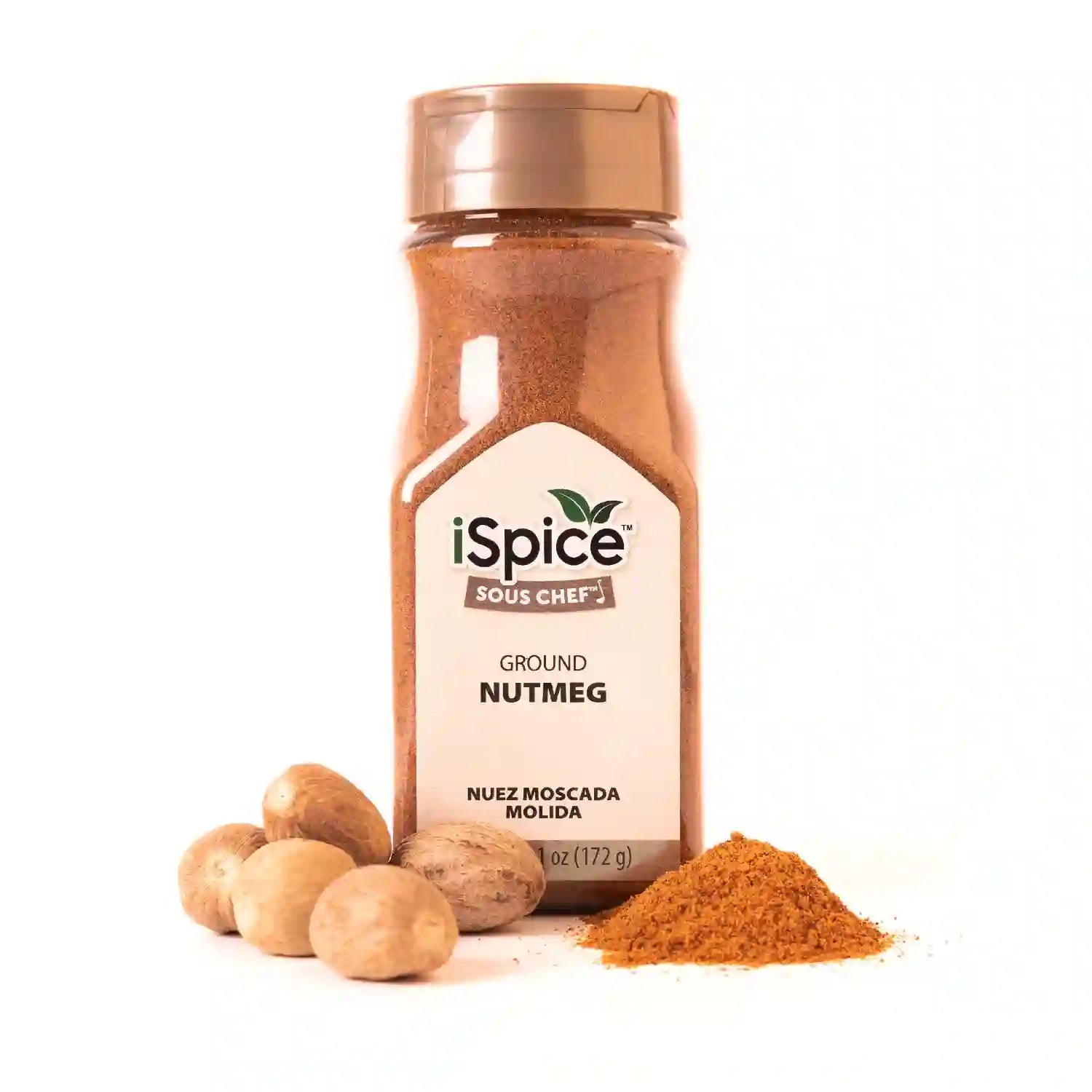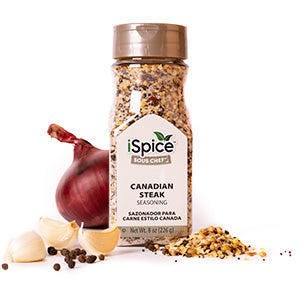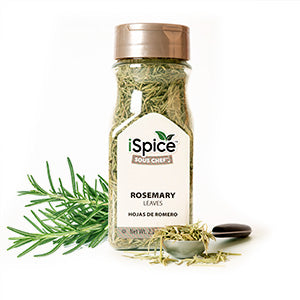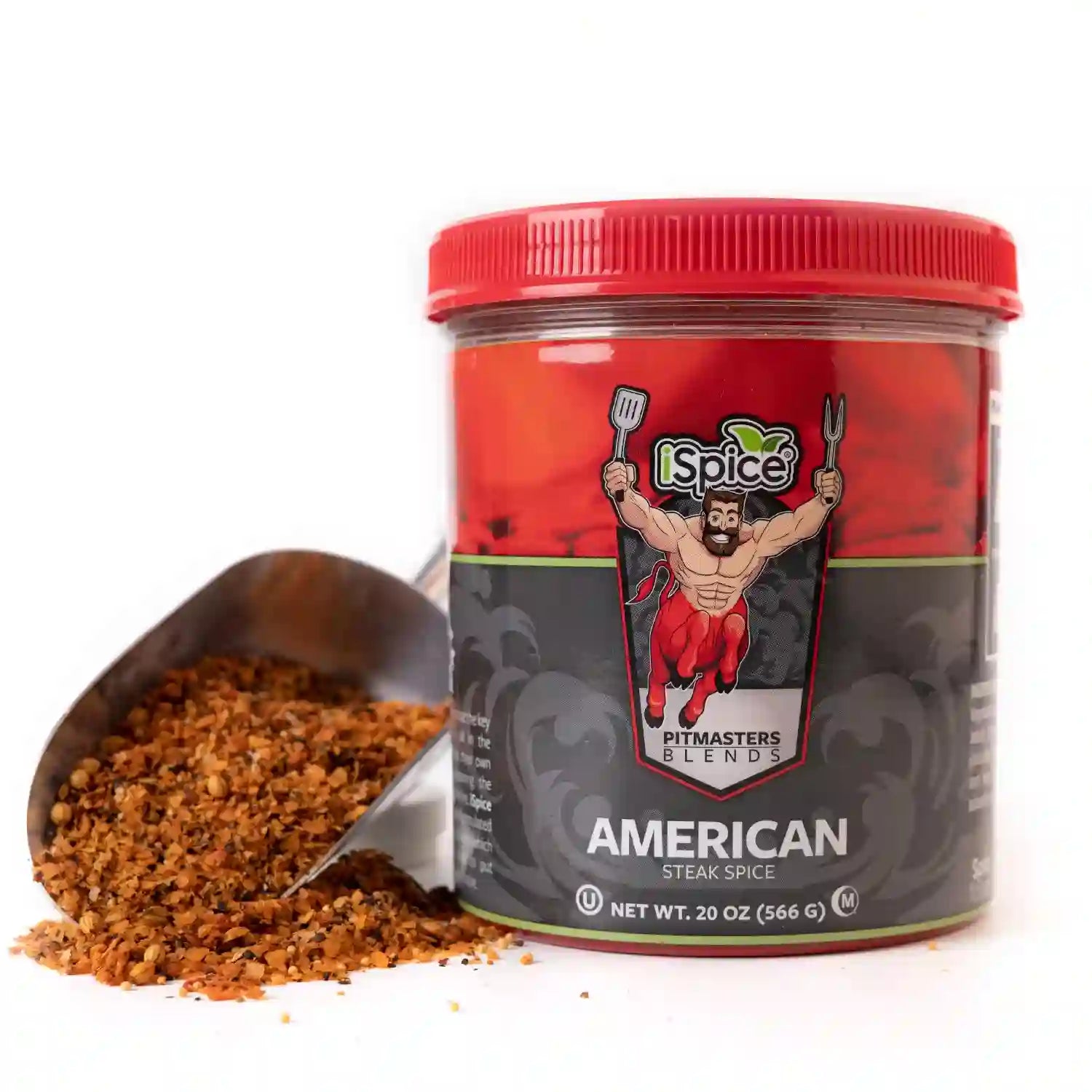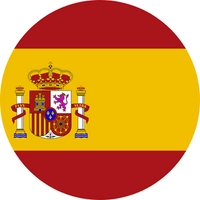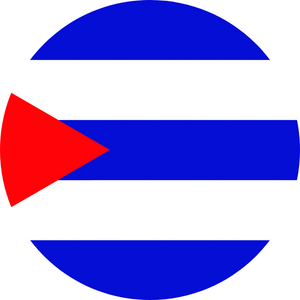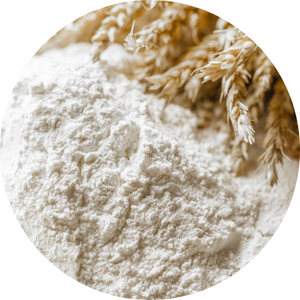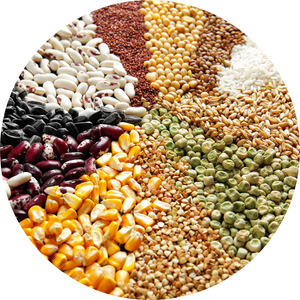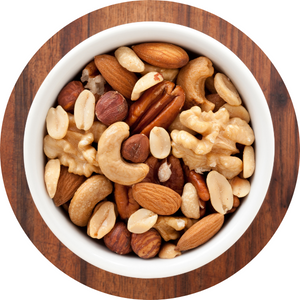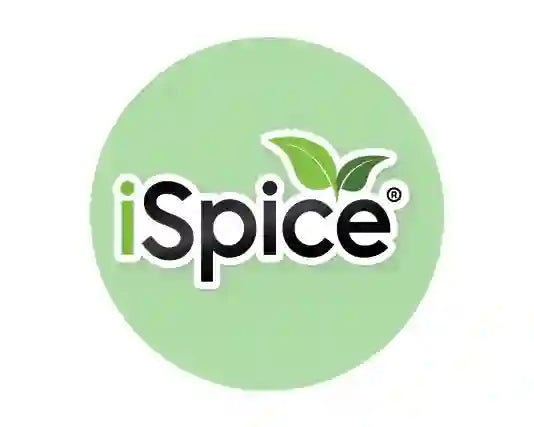
Introduction
Welcome to the enchanting realm of Cordyceps, a genus of parasitic fungi that has captivated the curiosity of nature enthusiasts and researchers alike. In this comprehensive guide, we will embark on a journey to explore the world of Cordyceps, excluding any discussion of health benefits. Our aim is to provide you with a detailed and engaging account of this fascinating subject.
What Are Cordyceps?
In this section, we will delve into the fundamental aspects of Cordyceps, shedding light on its origins and unique characteristics.
Cordyceps Origins
Cordyceps, scientifically known as Cordyceps spp., is a type of parasitic fungus that primarily targets insects and other arthropods. These remarkable fungi have evolved to parasitize their hosts in a way that can be both intriguing and gruesome.
The Cordyceps Life Cycle
Understanding the life cycle of Cordyceps is essential to appreciating its remarkable adaptations. This section will walk you through the various stages of its life cycle, from infection to reproduction.
Habitat and Distribution
Cordyceps fungi are found in diverse habitats across the globe. This section explores their geographical distribution and preferred environments.
Natural Habitats
Cordyceps fungi thrive in specific ecological niches, often within forested regions and high-altitude areas. We'll take a closer look at these natural habitats.
Global Distribution
From the Himalayan mountains to tropical rainforests, Cordyceps can be found in various corners of the world. Discover the global distribution of these intriguing fungi.
Cordyceps Species Diversity
Cordyceps encompasses a wide array of species, each with its own unique characteristics. In this section, we'll delve into the diversity within this genus.
Cordyceps sinensis
One of the most famous Cordyceps species, Cordyceps sinensis, is highly sought after for its purported health benefits. However, we won't delve into these benefits in this article. Instead, we'll explore its habitat and unique features.
Other Cordyceps Species
Apart from Cordyceps sinensis, there are numerous other species within this genus. We'll introduce you to some of the lesser-known but equally fascinating Cordyceps varieties.
Cordyceps in Traditional Medicine
Cordyceps has a long history of use in traditional medicine systems. This section sheds light on its cultural significance and historical applications.
Traditional Uses
Various cultures have incorporated Cordyceps into their traditional medicine practices. We'll explore the historical significance of these fungi in different regions.
Modern Research
While traditional uses are intriguing, modern science has also taken an interest in Cordyceps. Learn about the ongoing research and potential applications of these fungi.
Cordyceps in Nature
Cordyceps' interactions with the natural world are nothing short of remarkable. In this section, we'll delve into its ecological role and interactions.
Parasitism in Action
Witness the astonishing parasitic behavior of Cordyceps as it infiltrates its host and orchestrates a macabre takeover.
Ecological Significance
Despite its parasitic nature, Cordyceps plays a vital role in balancing ecosystems. Discover how these fungi contribute to the intricate web of life.
Cultivation and Harvesting
Cultivating Cordyceps has become a significant industry due to its popularity. This section provides insights into the cultivation and harvesting processes.
Artificial Cultivation
Learn how modern techniques have made it possible to cultivate Cordyceps in controlled environments, catering to growing demand.
Sustainable Practices
As the popularity of Cordyceps continues to rise, sustainable harvesting practices become crucial. We'll explore the importance of ethical harvesting.
Cordyceps Myths and Legends
Throughout history, Cordyceps has inspired myths and legends. In this section, we'll uncover some of the captivating stories associated with these fungi.
Folklore and Mythology
Explore the folklore and myths that have woven Cordyceps into the tapestry of human storytelling.
Cultural Significance
Discover how Cordyceps has been revered and integrated into cultural practices, from ancient rituals to modern festivals.
FAQs About Cordyceps
Are Cordyceps safe for consumption?
Cordyceps are generally considered safe when consumed as food, but it's essential to source them from reputable suppliers.
How do Cordyceps reproduce?
Cordyceps reproduce through the release of spores, which are dispersed to infect new hosts.
Can Cordyceps be used as a natural remedy?
While traditional medicine systems have used Cordyceps, it's essential to consult with a healthcare professional before using them for medicinal purposes.
What is the most famous Cordyceps-host relationship?
The Cordyceps-Ophiocordyceps unilateralis interaction, where the fungus controls ants, is one of the most well-known examples.
Are there any conservation concerns related to Cordyceps?
Yes, overharvesting of wild Cordyceps has raised conservation concerns in some regions.
Are there any culinary uses for Cordyceps?
Cordyceps are used in some traditional cuisines, particularly in Asian culinary traditions.
Conclusion
In conclusion, Cordyceps is a captivating genus of fungi that has piqued the interest of scientists, nature enthusiasts, and storytellers for centuries. While this article has excluded discussions of health benefits, we hope it has provided you with a comprehensive understanding of Cordyceps' diverse facets and cultural significance.
Alert: While spices can have many beneficial properties for health, using them for medical purposes should be done under the guidance and supervision of a healthcare professional or specialist. Some spices may interact with medications or cause adverse reactions in certain individuals, and it is important to use them safely and appropriately. If you are considering using spices for a medical condition, it is important to consult with a healthcare professional before doing so.


